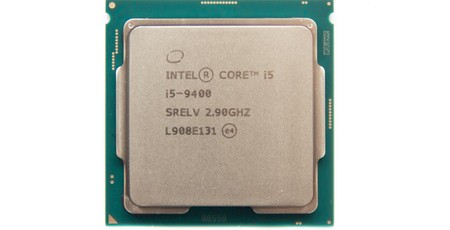
Performance Analysis
Lacking Hyper-Threading in its lower echelons continues to hurt Intel in multi-threaded tests, and HandBrake is a classic example, with the Core i5-9400 outgunned by the Ryzen 5 2600X - something the Core i5-9600K couldn't topple, even when overclocked. The slower Ryzen 5 2600 offered only a marginally better result at stock speed than the Core i5-9400, though, but overclocking this AMD CPU saw it shave 16 percent off the Intel CPU's encoding time. PCMark 10's image editing test is one of the more multi-threaded image editing tests out there, and once again the Intel six-core CPUs were languishing at the bottom of the pile.
It was a similar situation in the CPU-Z and Cinebench R15 multithreading tests. Single-thread performance is another area of concern for Intel, with the non K-edition CPUs lacking the high frequencies of their K-series counterparts, and the Core i5-9400 bettered by the Ryzen 7 2700X and Ryzen 5 2600X, which made big gains compared to the first-generation Ryzen CPUs in the graphs.
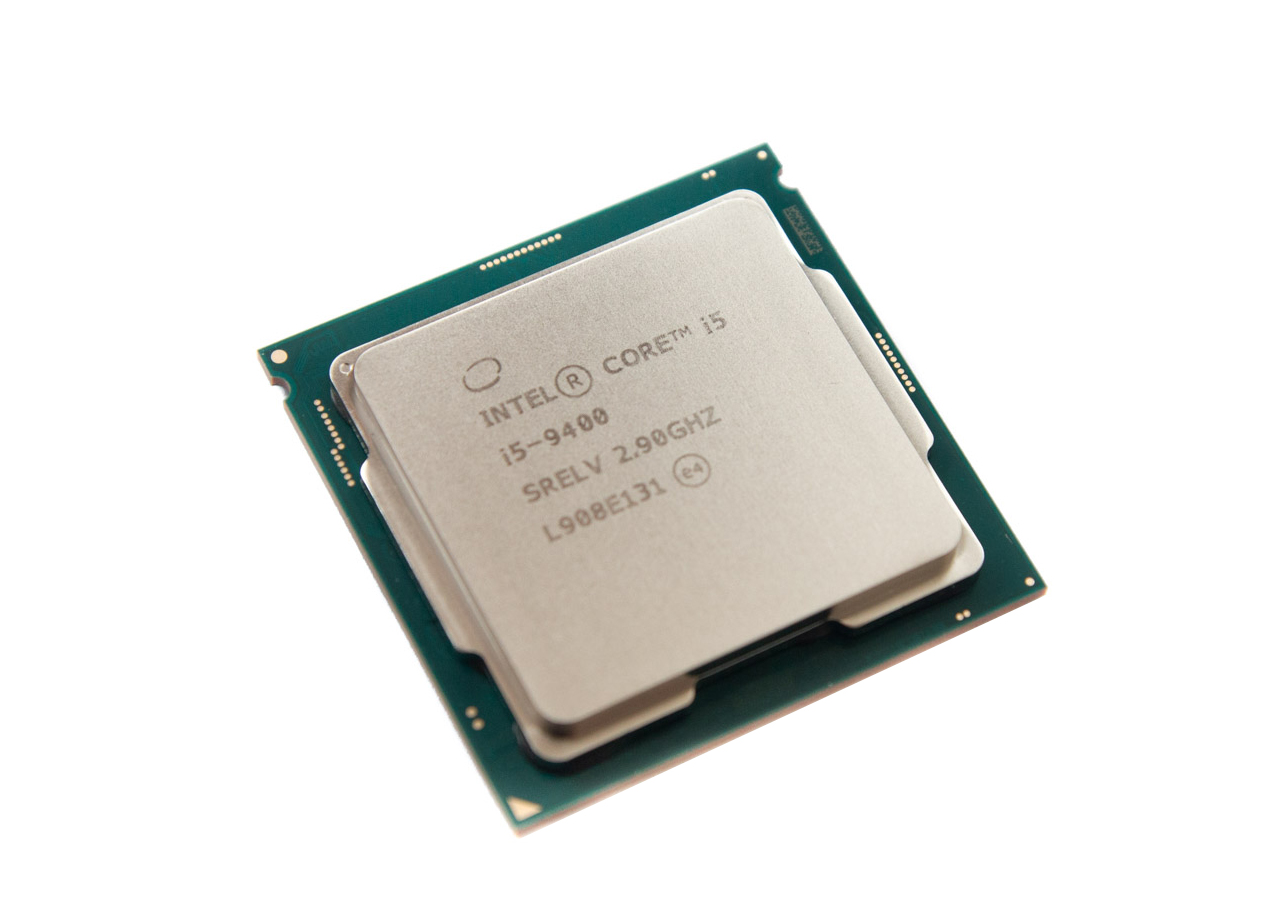
The niche appeal of Intel's CPUs below the likes of the Core i7-9700K is made clear in the game tests; the blue team still enjoys sizeable margins in some games, and the Core i5-9400 is no exception despite its lowly clock speeds. It was 20 percent faster than the Ryzen 7 2700X, but it's worth remembering we used 3,000MHz memory in these tests - a remnant of Ryzen's early days when using anything above this was fraught with stability issues for AMD. Those days have gone, thankfully, and we'll be using faster memory when we reset our results at some point this summer when Zen 2 CPUs land.
For the small extra outlay that faster memory usually demands (until a certain point, at least), coupled with an overclock or Precision Boost Overdrive, that difference would likely be cut to mid-single-digit figures. Still, it's plain to see why the likes of the Core i5-8400 have been popular with those building stock-speed gaming rigs. Power consumption was more constrained than the Ryzen 5 2600X, but AMD here offers six additional threads. The Ryzen 5 2600 was less power-hungry, though, despite still having those extra threads, so again, if you'll be mixing it up with multi-threaded tasks, Intel doesn't have much of an advantage here other than onboard graphics.
Conclusion
It's true that there really aren't any bad choices when it comes to CPUs at the moment, so long as you're mindful of what you'll be throwing into your PC. Intel still dominates in the general-purpose arena with the Core i7-9700K and Core i9-9900K, which demand a premium but are great in all areas, but below this the situation is very much a case-by-case basis depending on your needs. The Core i5-9400 is a decent gaming CPU, but outside of this it's outdone by cheaper AMD offerings, often by big margins. On the flip-side, the latter are often weaker in some game titles.
Pricing for Intel's new 9th generation CPUs seems to be in a state of flux at the moment, but one thing was fairly clear when we wrote this review, which is that the Core i5-9400F is a much better deal if you don't need onboard graphics. In fact, given we spotted it for similar prices to AMD's Ryzen 5 2600, it's actually one of the best sub-£200 CPUs for gaming around at the moment, and while we haven't reviewed that exact CPU here, it has identical specifications, so our results are clearly a good indicator of how it will perform, especially as we don't use the onboard graphics in testing. If that's what Intel needs to do to get its prices down to deal with the massively popular Ryzen 5 2600, then so be it, but we can appreciate a number of reasons why you'd want to opt for the IGP-equipped Core i5-9400 instead. The trouble is, you'll be paying a lot more for the privilege, and it's probably not worth the extra cash over the Core i5-8400 either.

MSI MPG Velox 100R Chassis Review
October 14 2021 | 15:04

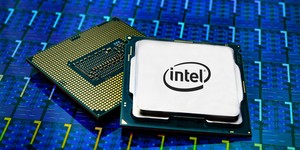
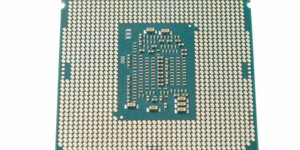
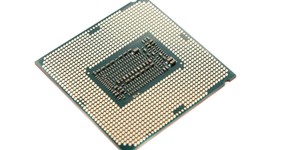




Want to comment? Please log in.